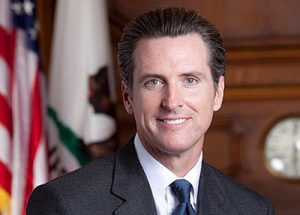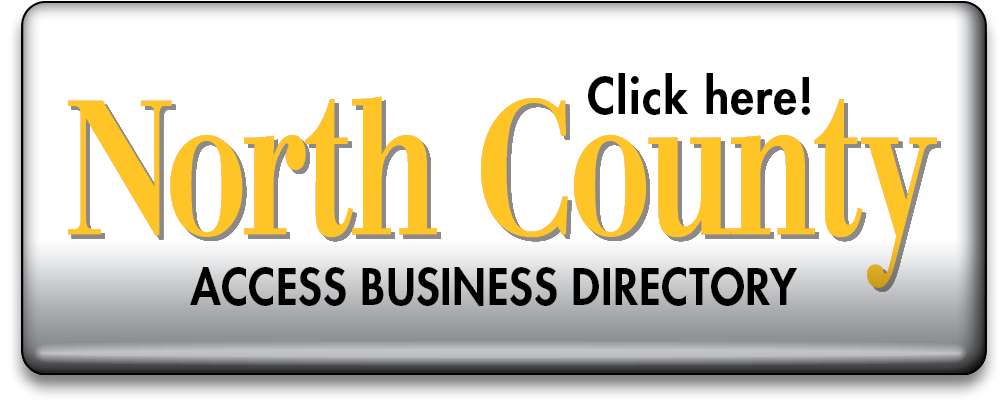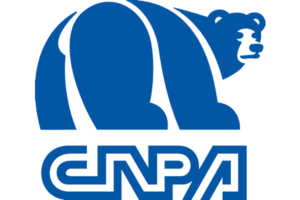Governor Newsom unveils California’s Safe Schools for All plan

Gov. Gavin Newsom
–Governor Gavin Newsom on Wednesday released the State Safe Schools for All plan, California’s framework to support schools to continue operating safely in-person and to “expand the number of schools safely resuming in-person instruction.” Informed by growing evidence of the decreased risks and increased benefits of in-person instruction – especially for the youngest students – Governor Newsom says he is advancing a strategy that will help create safe learning environments for students and safe workplaces for educators and other school staff. The plan was developed in partnership with the Legislature, and the Governor will propose an early action package to ensure schools have the resources necessary to successfully implement key safety precautions and mitigation measures. Components of the plan will be launched in the coming weeks.
Paso Robles Joint Unified School District Superintendent Curt Dubost says the district has not yet had time to fully analyze the new plan, “but, it appears at first glance to incentivize districts to do what we have already done for TK-5. The added money to aid with implementation and services to kids who have fallen behind will certainly be welcomed but clear defensible guidance on secondary not primary is what we’ve been demanding.”
“The details will be forthcoming I’m sure,” Dubost says. “This feels like a first step toward where we need to be and we appreciate the recognition that schools may safely be open but we’d like it sooner rather than later. Like next week.”
At a press conference on Wednesday, Newsom said, “As a father of four, I know firsthand what parents, educators, and pediatricians continue to say: in-person is the best setting to meet not only the learning needs, but the mental health and social-emotional needs of our kids.
“In the midst of this pandemic, my administration is focused on getting students back into the classroom in a way that leads with student and teacher health. By focusing on a phased approach with virus mitigation and prevention at the center, we can begin to return our kids to school to support learning needs and restore the benefits of in-person instruction. It’s especially important for our youngest kids, those with disabilities, those with limited access to technology at home and those who have struggled more than most with distance learning.”
The state’s strategy focuses on ensuring implementation and building confidence by bringing back the youngest children (TK-2) and those who are most vulnerable first, then phasing in other grade levels through the spring. This phased-in return recognizes that younger children are at a lower risk of contracting and transmitting COVID-19. At the same time, distance learning will remain an option for parents and students who choose it and for those whose health status does not allow them to return to school in the near term. P
California’s Safe Schools for All framework to safe reopening of in-person instruction is built on four pillars:
- Funding to Support Safe Reopening: The budget will propose for immediate action in January, $2 billion to support safety measures – including testing, ventilation and PPE – for schools that have resumed in-person instruction or phasing in of in-person instruction by early spring.
- Safety & Mitigation Measures for Classrooms: To further ensure health and safety in the classroom, the state will support implementation of key health measures. This will include frequent testing for all students and staff, including weekly testing for communities with high rates of transmission; masks for all students and staff, including distribution of millions of surgical masks for school staff; improved coordination between school and health officials for contact tracing; and prioritization of school staff for vaccinations.
- Hands-on Oversight & Assistance for Schools: Dr. Naomi Bardach, a UCSF pediatrician and expert on school safety, will lead the Safe Schools for All Team, a cross-agency team composed of dedicated staff from CDPH, Cal/OSHA, and educational agencies. The team will provide hands-on support to help schools develop and implement their COVID-19 Safety Plans. These supports include school visits and walk-throughs as needed, webinars and training materials and ongoing technical assistance.
- Transparency & Accountability for Families and Staff: A state dashboard will enable all Californians to see their school’s reopening status, level of available funding and data on school outbreaks. Additionally, a web-based “hotline” will empower school staff and parents to report concerns to the Safe Schools for All Team, which will lead to escalating levels of intervention beginning with technical assistance and ending with legal enforcement.
“These four pillars will serve as tools to safely guide our state’s return to in-person instruction and protect the health of students, educators and all school staff,” said CHHS Secretary Dr. Mark Ghaly. “As a pediatrician and father, I know schools are the best place our kids can be and the positive impact in-person learning has on their overall health and well-being.”
Within 72 hours of the first school closures, the State of California issued guidance for schools to provide instruction through distance learning. Beginning in May, the state also issued guidance regarding key school safety precautions and has continued to update the guidance, including pathways – regardless of county tier status – for all schools to serve elementary school students via waivers and to serve students with disabilities and others via stable cohorts. The state has also worked to build a pipeline of PPE and get critical supplies into the hands of students and educators and to bridge the Digital Divide with device donations, pledges from internet service providers and an executive order marshaling cross-agency resources to solve longer-term barriers to connectivity. In partnership with the Legislature, Newsom secured $5.3 billion for California schools and fought hard to make sure that those funds were distributed equitably, taking into account school demographics and needs of students with disabilities and other student populations disproportionately impacted by the pandemic.
The federal Individuals with Disabilities Education Act, which entitles children with disabilities to special education and related services through an Individualized Educational Program (IEP), has not been suspended during the COVID emergency. The budget enacted in June included trailer bill language (SB 98) making clear that distance learning must include required special education and related services for eligible students and that schools must determine what accommodations are necessary to ensure that required IEP services can be delivered in a distance learning environment. Thus, the state expects, and state law requires, schools implementing distance learning must deliver services required under IEPs.
- For more information about the components of the plan, click here.
- For more information about the rationale behind the plan, click here.
- For more information about the science underpinning the plan, click here.
Comments
The news staff of the Paso Robles Daily News wrote or edited this story from local contributors and press releases. The news staff can be reached at info@pasoroblesdailynews.com.





















